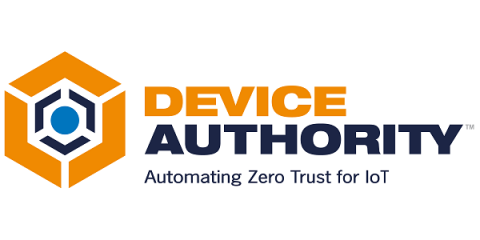Keeper Rolls Out Expanded iOS Security Key Support and Enhanced 2FA Settings
Keeper is excited to announce two significant updates to our iOS app: support for USB-C plug-in hardware security keys and a new Two-Factor Authentication (2FA) frequency setting. These updates reflect our commitment to providing industry-leading security solutions while ensuring a seamless user experience. Continue reading to learn more about these updates and how you can try them out yourself.











